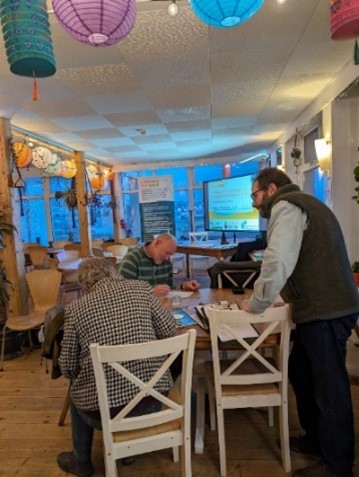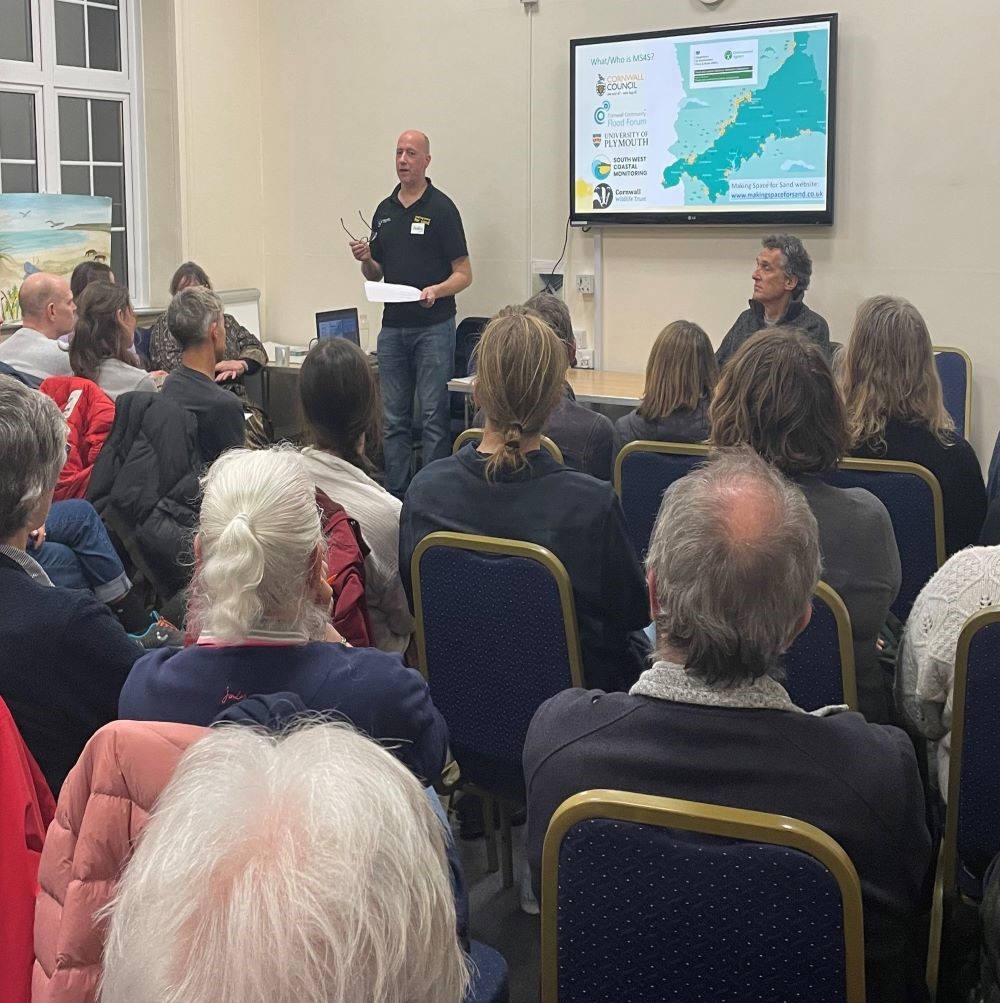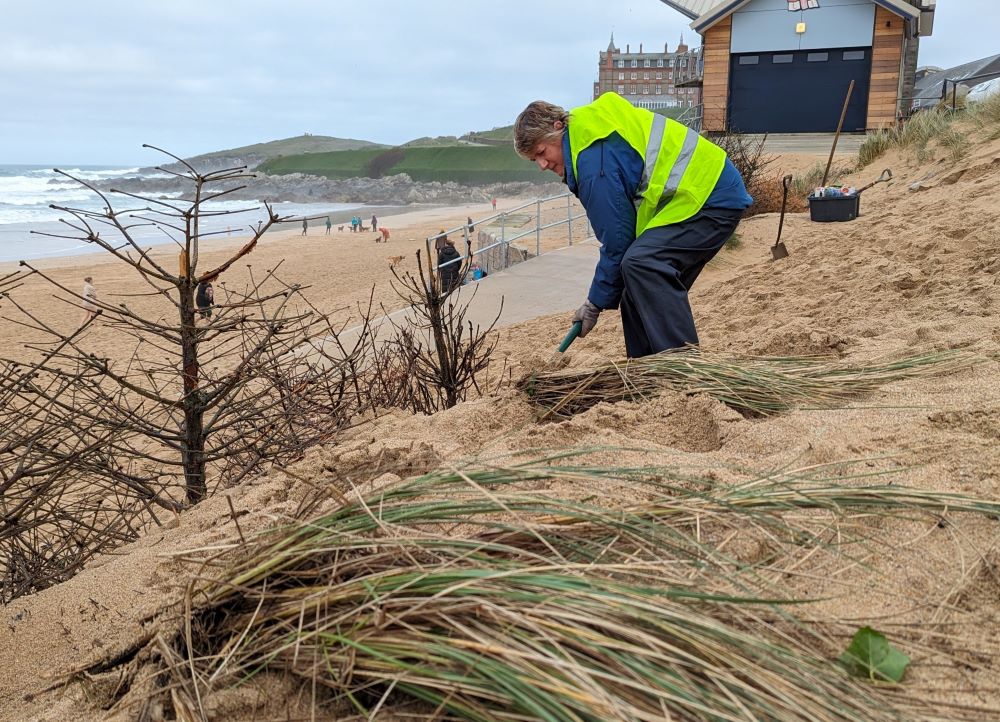Building Resilience To Coastal Climate Change
Building Community Resilience on a Dynamic Coast by Making Space for Sand
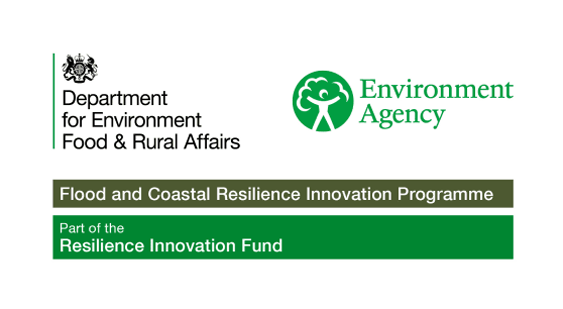
This Project is funded by Defra as part of the £200 million Flood and Coastal Innovation Programmes which are managed by the Environment Agency. The programmes will drive innovation in flood and coastal resilience and adaptation to a changing climate.

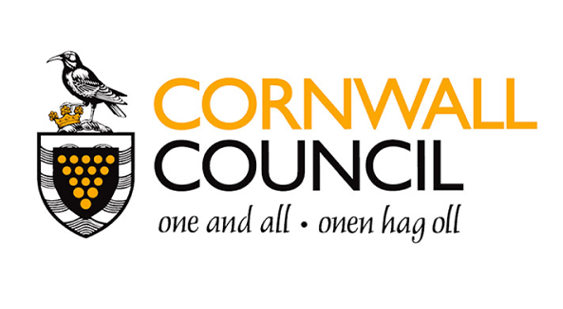
Making Space For Sand
About The Project
The aim of the Making Space for Sand Project is to encourage the more sustainable use and development of the coastal fringe to allow for a more natural, ecosystem approach to coastal management where traditional coastal protection is not possible. To learn more about the Flood and Coastal Resilience Innovation Programme and the Making Space for Sand project, please visit the The Project Page

Locations
The project has identified 40 locations along the Cornish coast, which may be able to benefit from the project objectives. Data about the health of dune systems and coastal processes will be gathered at all of the locations and this will be used to predict future change. At some of the locations, data collected may identify where action can be taken to help support adaptation and the resilience of the beaches and dune systems to sea level rise and erosion. To learn more about which locations we will be working on please visit the project Locations page.




Data gathering -
The Science
The gathering of data will enhance our understanding of beach-dune dynamics and how these are affected by the increasing strength of storm events and sea level rise. It will consider the movement of the sand by wind and tide and how this effects the growth of dune systems. Computer modelling will then be used to predict how the shoreline and the beach-dune systems may change over the next 50 to 100 years. For more information on the scientific methods used to collect data please visit the the Data Modelling page.
Dune - Ecology and Biodiversity
Sand Dunes are important features, not only supporting a huge variety of wildlife but also providing a natural defence against storms and rising seas, absorbing wave energy and lessening the likelihood of flooding to coastal communities.
The project will undertake environmental assessments at a number of locations, which will enable a better understanding of the capacity for dunes to roll-back and be more bioresilient. It will also help to identify where positive improvements for biodiversity can be made, for example invasive species control, removal of scrub and exposure of bare sand in order to encourage greater diversity and resilience of plant habitats. For more information on dunes and their importance please visit the Sand Dunes page.

Community Engagement
One of the main aims of the project is to work with communities and volunteer groups to increase their knowledge about sea level rise and coastal change. The project will identify how these may potentially impact coastal communities in the future and support community groups to build coastal adaptation and resilience plans.
To this achieve this aim the project is working partners Cornwall Wildlife Trust and Cornwall Community Flood Forum, who will be planning engagement events, which will be open to everyone. To find out more about our engagement programme please visit the Community Engagement page.
CoastSnap
CoastSnap is a global community science project, which uses repeat photography to capture the changing nature of coastlines. Thousands of people visit beaches around our coastline every day, each of them carrying a smartphone and more often than not are taking a photo of the coast. The aim of CoastSnap is to harness this potential invaluable information into something usable by coastal communities and scientists to improve understanding of how our beaches and dunes can change over time.
For more on CoastSnap please visit the CoastSnap page.



Making Space for Sand News and Events
We like to keep supporters of our project well informed of project progress and developments. We also want to share news of events which are happening and have happened and celebrate coastal community involvement.
Sign up to Making Space for Sand
If you would like to get involved in helping to make dunes more resilient and biodiverse, want to help develop coastal adaptation and emergency plans or just want to know more about what the project is learning about coastal change, please click here:



